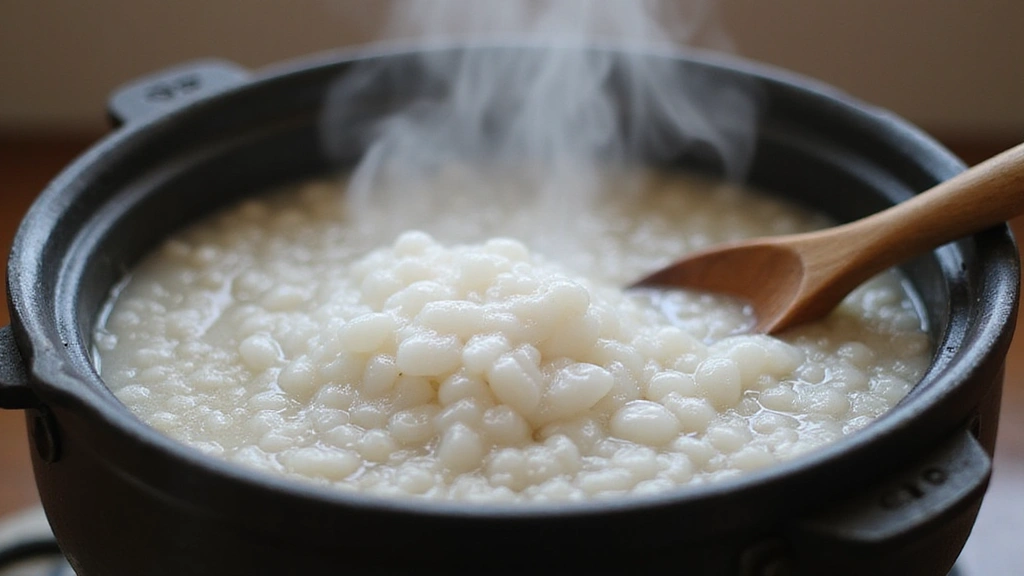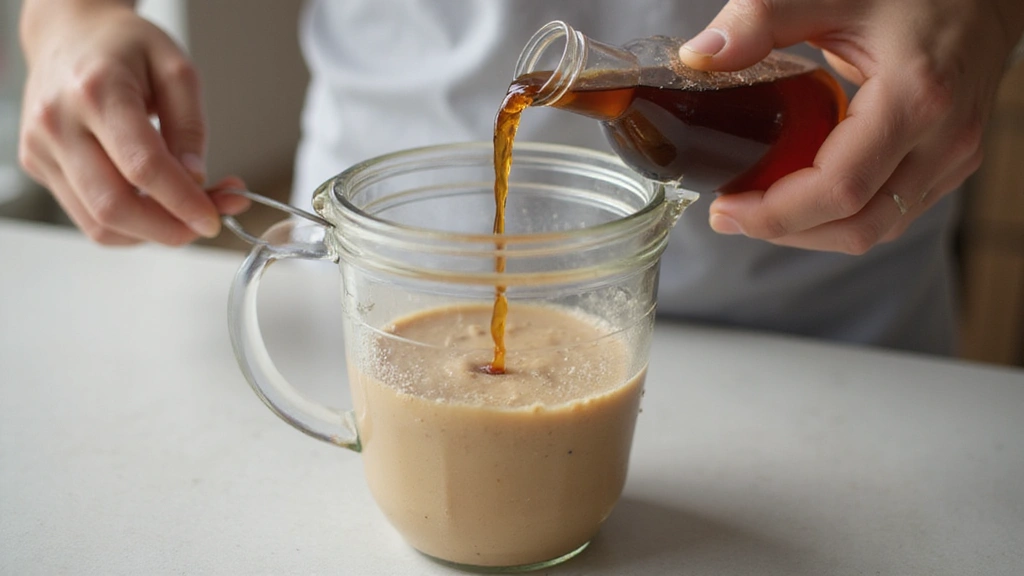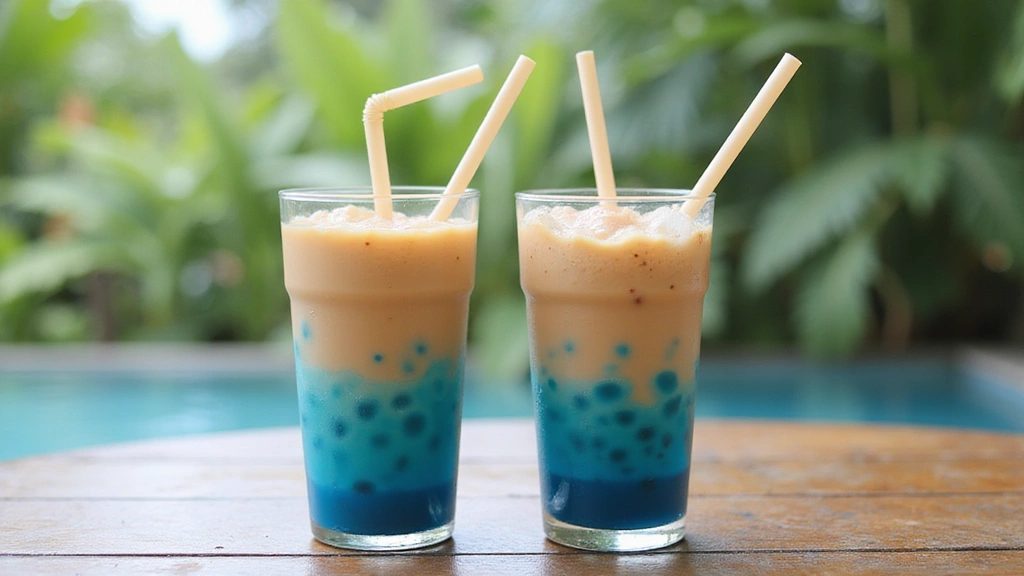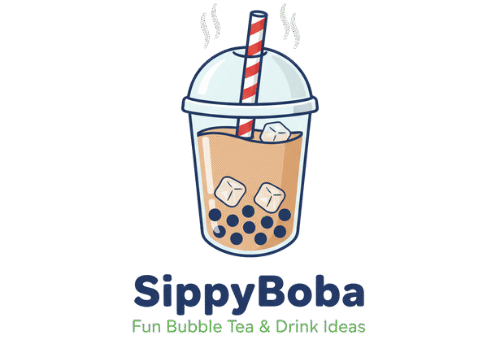Blue Hawaii Bubble Tea is a tropical delight that captures the vibrant spirit of Hawaii in a single glass.
The refreshing combination of coconut, pineapple, and a hint of citrus offers a unique taste experience that’s both exotic and familiar.
On a hot summer day, there’s nothing quite like a cold, colorful bubble tea to quench your thirst and ignite your senses.
I first encountered this flavorful drink on a beachside café in Maui, where it was a local favorite among both tourists and locals.
This recipe will allow you to recreate that same experience at home, impressing your friends with its bold flavors and eye-catching appearance.
Whether enjoyed as a special treat or a party staple, Blue Hawaii Bubble Tea is sure to become a beloved addition to your recipe repertoire.
The History and Cultural Significance
• Blue Hawaii Bubble traces its origins to the tropical islands of Hawaii, where it was originally created by innovative mixologists in the mid-20th century.
• The dish evolved over decades as mixologists introduced new ingredients and techniques, eventually becoming the beloved version we know today with tapioca pearls and vibrant colors.
• In Hawaiian culture, this dish traditionally appears at summertime celebrations and beach parties, symbolizing the refreshing and fun-loving spirit of the islands.
• While many variations exist across different regions, the authentic version maintains its signature blend of tropical flavors and chewy tapioca pearls that set it apart from imitations.
Recipe Overview
Nutritional Information (per serving)
Essential Equipment Guide
Shaker: A shaker is essential for mixing the ingredients thoroughly and achieving the perfect blend of flavors. If you don’t have a cocktail shaker, a large jar with a tight-fitting lid can be a substitute, but be sure it’s large enough to accommodate ice and liquid.
Blender: A blender is crucial for creating the smooth, creamy base of the bubble tea. Look for a high-speed blender that can easily crush ice and blend the fruits to a silky consistency. Alternatively, an immersion blender can be used in a pinch.
Boba Straws: Large boba straws are necessary for enjoying the chewy tapioca pearls along with the drink. Look for sturdy straws with a wide diameter, so the pearls can pass through easily. If unavailable, wide smoothie straws can work as a substitute.
Ingredients
For the Base
|
|
| Amount | Ingredient | Notes |
|---|---|---|
| 1 cup | coconut milk | adds creaminess and tropical flavor |
| 1 cup | pineapple juice | provides sweetness and a citrusy tang |
| 1 cup | ice cubes | ensures the drink is chilled and refreshing |
Boba Pearls
| Amount | Ingredient | Notes |
|---|---|---|
| 1/4 cup | tapioca pearls | cooked according to package instructions for chewy texture |
Sweetener
| Amount | Ingredient | Notes |
|---|---|---|
| 2 tablespoons | simple syrup | adjust to taste for desired sweetness |
Garnish
| Amount | Ingredient | Notes |
|---|---|---|
| 1/4 cup | diced pineapple | fresh or canned, for added flavor |
| 2 tablespoons | shredded coconut | to garnish and enhance tropical feel |
Preparation Methods
Cooking Tapioca Pearls: Cooking tapioca pearls requires attention to timing to achieve the perfect chewy texture. Start by boiling water, then add the pearls, stirring occasionally to prevent sticking. Once they float, reduce the heat and simmer for the recommended time, usually until they reach a translucent appearance.
Blending for Smoothness: Achieving a smooth base is crucial for this drink. Blend coconut milk, pineapple juice, and ice at high speed until completely smooth. This process incorporates air, giving the drink a light and frothy texture that enhances the overall enjoyment.
Shaking Technique: Shaking the drink with ice in a shaker helps to mix the flavors thoroughly and chill the drink quickly. Shake vigorously for about 15-20 seconds to ensure that all components are well combined and the drink is perfectly cold.
Step 1: Prepare Tapioca Pearls

Begin by bringing a pot of water to a rolling boil.
Add the tapioca pearls, stirring gently to prevent clumping.
Cook until the pearls float to the surface, then reduce the heat to a simmer.
Continue cooking for the recommended time until pearls are translucent and chewy.
Step 2: Blend the Base

Combine coconut milk, pineapple juice, and ice cubes in a blender.
Blend on high speed until the mixture is smooth and frothy.
Check for a silky consistency with no ice chunks remaining.
The mixture should be light and airy, similar to a smoothie texture.
Step 3: Sweeten to Taste

Add simple syrup to the blended mixture.
Blend again briefly to incorporate the sweetener evenly.
Taste the mixture and adjust sweetness if necessary.
Aim for a balanced sweetness that complements the tropical flavors.
Step 4: Cool the Tapioca Pearls

Drain cooked tapioca pearls and rinse under cold water.
This stops the cooking process and maintains their chewy texture.
Let them sit in cold water for a few minutes to cool completely.
Ensure they are well-drained before adding to the drink.
Step 5: Assemble the Drink

Divide cooked tapioca pearls between two serving glasses.
Pour the blended mixture over the pearls in each glass.
Ensure the pearls are fully submerged in the liquid.
The drink should appear layered with pearls at the bottom.
Step 6: Add Garnishes

Top each drink with diced pineapple and shredded coconut.
These garnishes add extra flavor and a visual appeal.
Ensure an even distribution across the surface of each drink.
The garnishes should float on top for an attractive presentation.
Step 7: Shake the Drink

Transfer the assembled drink to a shaker, if possible.
Shake vigorously to mix the ingredients thoroughly.
Return the drink to the glass, ensuring even distribution of pearls and liquid.
The shaking process should create a slightly foamy top layer.
Step 8: Serve with Boba Straws

Insert a wide boba straw into each glass for easy sipping.
Ensure the straw can accommodate the tapioca pearls.
Serve immediately to enjoy while cold and refreshing.
The drink should be visually appealing and ready to enjoy.
Critical Timing and Temperature Guide
Cooking Tapioca Pearls: Cook for exactly the recommended time on package instructions, usually 5-7 minutes, until translucent. Avoid overcooking, which can lead to mushy pearls.
Blending the Base: Blend for no more than 1 minute to ensure smoothness without overheating the mixture, which can affect the texture.
Shaking the Drink: Shake for 15-20 seconds to chill thoroughly without diluting the flavors, ensuring a brisk shaking motion for best results.
Pro Tips for Blue Hawaii Bubble
• Ingredient Selection: Use fresh, high-quality coconut milk and ripe pineapple for the best flavor. Opt for unsweetened coconut milk to control sweetness levels.
• Preparation Secret: Adding a pinch of salt to the mixture can enhance the sweetness naturally, bringing out the tropical flavors more vividly.
• Temperature Management: Ensure all ingredients are well-chilled before preparation to maintain the drink’s refreshing quality.
• Texture Enhancement: Double strain the blended mix to ensure a smooth texture free from pulp or ice chunks, enhancing the drinking experience.
• Flavor Layering: Layering diced pineapple on top of the drink adds a burst of fresh flavor with each sip, complementing the drink’s base.
• Make-Ahead Strategies: Cook tapioca pearls in advance and store them in a simple syrup solution to keep them chewy and flavorful.
• Restaurant-Quality Finishing Touches: Toast the shredded coconut lightly before garnishing to add a nutty aroma and appealing crunch.
• Equipment Optimization: Use a high-speed blender for a finer blend, investing in quality equipment ensures a smoother, creamier texture.
Troubleshooting Common Issues
• Pearls Too Soft: Overcooked pearls become mushy. To fix, cook new pearls and carefully monitor the cooking time, removing them from heat as soon as they float and become translucent.
• Drink Too Sweet: If the drink is overly sweet, balance it by adding a splash of lime juice for acidity. Adjust sweetness gradually in future attempts.
• Texture Not Smooth: Lumpy texture often results from insufficient blending. Ensure all ingredients are blended at high speed, and consider straining the mixture before serving.
• Flavors Unbalanced: If the coconut flavor overpowers, add more pineapple juice. Conversely, if too tangy, increase coconut milk or add a touch more simple syrup.
• Drink Separates Quickly: Separation can occur if not shaken properly. Shake the drink again before serving, ensuring all components are well mixed.
• Garnishes Sink: If garnishes sink, they may be too heavy. Use smaller, lighter pieces or add them just before serving to ensure they stay afloat.
Variations and Regional Differences
• Thai Style: Incorporates Thai tea into the mixture, providing a unique tea flavor that complements the tropical base, often served with crushed ice for an extra refreshing touch.
• Japanese Influence: Uses matcha instead of pineapple juice, resulting in a green tea twist that adds a distinct earthiness to the drink while maintaining its refreshing nature.
• Tropical Punch Fusion: Adds passion fruit and mango into the blend for an even more tropical flavor profile, often accompanied by a hint of rum for an adult version.
• Classic Pearl Milk Tea: Simplifies the ingredients to just milk tea and tapioca pearls, focusing on the traditional bubble tea experience with a subtle tropical hint.
Food Science Behind the Recipe
• Emulsification: The blending process creates an emulsion, where fat from the coconut milk is dispersed within the juice and water, resulting in a creamy texture.
• Gelatinization: Cooking the tapioca pearls involves gelatinization, where heat causes the starch granules to swell and soften, providing the characteristic chewy texture.
• Flavor Release: Cold temperatures slow the release of flavors, so chilling the drink ensures a more balanced and gradual flavor experience, enhancing the enjoyment.
Frequently Asked Questions
What's the most common mistake people make when preparing Blue Hawaii Bubble Tea? The most common mistake is overcooking the tapioca pearls, which results in a mushy texture rather than the desired chewiness.
Can I use canned pineapple instead of fresh? Yes, canned pineapple can be used, but ensure it's packed in juice, not syrup, to avoid excessive sweetness.
How can I make the drink less sweet? Reduce the amount of simple syrup and consider adding a splash of citrus juice for balance.
What's the best way to store leftover tapioca pearls? Store them in a simple syrup solution in the refrigerator, which helps maintain their texture for up to 24 hours.
Can I prepare the drink in advance? While the components can be prepped ahead, it's best to assemble and serve the drink fresh to maintain texture and flavor.
Is there a non-dairy option for this recipe? Substitute coconut milk with almond or oat milk for a non-dairy version that still offers creaminess.
What should I do if my drink separates? Simply give it a good shake or stir before serving to recombine the ingredients effectively.
How do I prevent the ice from watering down the drink? Use larger ice cubes or crushed ice, which melts slower and keeps the drink chilled without excessive dilution.
Serving and Presentation Guide
• Traditional Presentation: Serve in clear, tall glasses to showcase the vibrant layers and colors of the drink, garnished with tropical fruits on top.
• Party Style: Serve in punch bowls with floating fruits and boba straws, allowing guests to serve themselves in a festive environment.
• Elegant Touch: Use stemmed glasses or goblets for a sophisticated presentation, adding a sprig of mint for a touch of elegance.
• Casual Gathering: Serve in mason jars for a rustic, laid-back vibe, perfect for backyard gatherings or picnics.
Conclusion
Now that you've mastered the Blue Hawaii Bubble Tea recipe, you're ready to bring a taste of the tropics to your next gathering.
This vibrant and refreshing drink is sure to impress your friends and family with its unique flavors and cheerful appearance.
Give it a try, and enjoy a little slice of paradise right in your own home.

